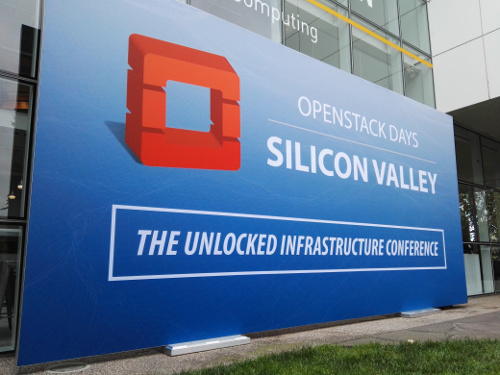The Economics Of OpenStack

Canonical’s Mark Baker explains how the economics of Openstack can work in favour for your business when compared to public cloud
One of the main challenges with OpenStack is determining where the year-over-year operating costs and benefits of managing the solution reaches parity, not just public cloud, but with their software licensing and other critical infrastructure investments.
Our experience working with many of the largest OpenStack deployments out there is that in a typical multi-year OpenStack deployment, labour can make up more than 40 percent of the overall costs, hardware maintenance and software licence fees combined are around 20 percent while hardware depreciation, networking, storage, and engineering combine to make-up the remainder according to HDS.
Whilst the main advantage of moving to the public cloud is still the short-term reduction in the cost per headcount and the speed of application deployment that is unhindered by organisation inflexibility, the year-over-year public cloud expenses can be greater than using an automated on premises OpenStack implementation.
OpenStack is big software: A new deployment model is needed
Building a private cloud infrastructure with OpenStack is an example of the big software challenge. Significant complexity exists in the design, configuration, and deployment of all production ready OpenStack private cloud projects.
While the upfront costs are negligible, the true costs are in the ongoing operations; upgrading and patching of the deployment can be expensive.
This is a stark example of how Canonical’s big software solutions address these challenges with a new breed of tools designed to model, deploy and operate big software.
Canonical OpenStack Autopilot enables the deployment of revenue-generating cloud services by implementing a reference cloud that is flexible whilst minimising operational overhead.
Application service components and the accompanying operations required to run them are encapsulated in code that enable organizations to connect, integrate, deploy and operate new services automatically without the need for consultants, integrator, additional costs or resources.
Companies can choose from hundreds of microservices that enable everything from cloud communications, IoT enablement, big data, security and data management tools.
What the future holds for OpenStack
It is important to keep in mind that OpenStack is not a destination, rather a part of the scale-out journey to delivering scalable services faster than ever before. CIOs know they must have cloud as part of their overall adoption and that OpenStack is a key driver and enabler for hybrid cloud adoption.
IT organisations that take a traditional approach will continue to struggle with service and applications integration while working to keep their operational costs from rising too much. The good news is, companies like Canonical are developing software to help companies with the insight, solutions, and leadership to engage in the Big Software era.